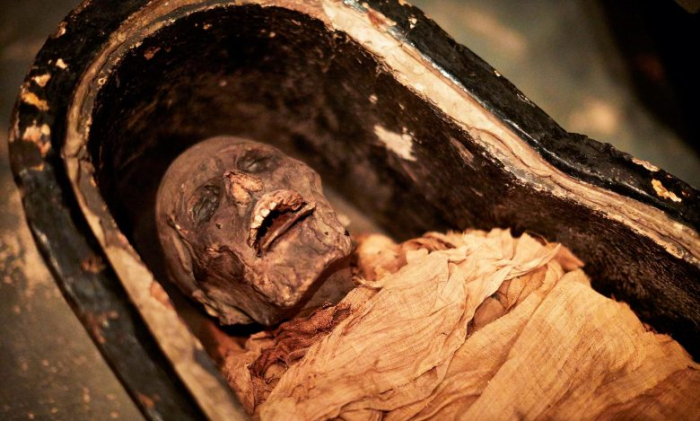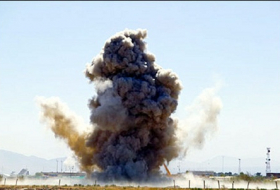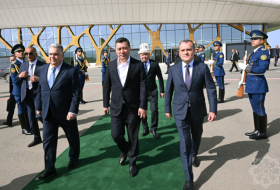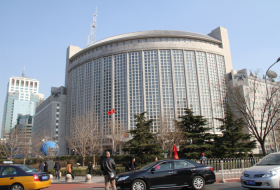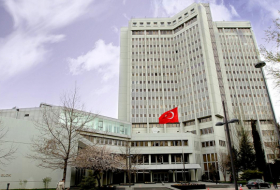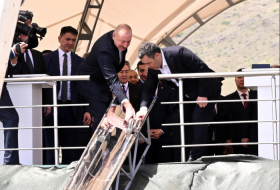The sound of a 3,000-year-old Egyptian mummy can finally be heard after engineers 3D printed a version of its vocal tract.
The noise – a short, vowel-like sound – gives a hint at what the ancient mummified individual might have sounded like. But it is only a hint since scientists are not able to produce anything like speech.
It relied on a host of technology, including precise CT scans that gave a picture of the vocal tract that could then be printed out and used to synthesise a voice.
Such a breakthrough is impossible for most remains, because it relies on perfect preservation of the bodies' soft tissues, and in most cases, only the skeleton is left over. But the mummified body of the ancient Egyptian priest Nesyamun was so well preserved that researchers could build a precise recreation of the unique vocal sounds.
The scientists behind the research noted that Nesyamun's voice would have been integral to his life: living during the unstable reign of pharaoh Ramses XI, around 1100 BC, he worked as a scribe and a priest who would have used his voice to speak and sing during rituals.
The researchers could only produce a single sound: a vowel that they describe as being between the English words "bed" and "bad". But it offers a hint of what the rest of his voice might sound like.
It might also lead to future breakthroughs that will allow the public the chance to hear what ancient individuals might really have sounded like.
Scientists questioned whether making Nesyamun "speak" again was ethically responsible, especially given mummies are treated not as objects but as the remains of once-living people.
But they decided it would be good to do so in part because his coffin includes inscriptions that make reference to the ancient Egyptian view that "to speak the name of the dead is to make them live again" and that he communicated a wish to be able to move and speak in the afterlife as he did when he was alive.
"The team concluded that the potential benefits outweighed the concerns, particularly because Nesyamun’s own words express his desire to ‘speak again’ and that the scientific techniques used were non-destructive," they write in the paper published in Scientific Reports.
"Given Nesyamun’s stated desire to have his voice heard in the afterlife in order to live forever, the fulfilment of his beliefs through the synthesis of his vocal function allows us to make direct contact with ancient Egypt by listening to a sound from a vocal tract that has not been heard for over 3000 years, preserved through mummification and now restored through this new technique," they conclude.
The Independent
More about: Egypt








